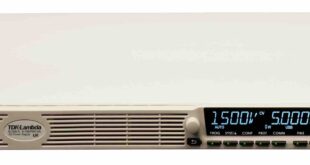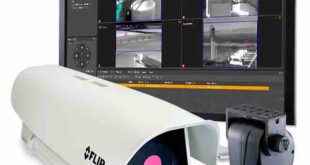Diodes Incorporated is introducing a new driver IC to address the need for increased output from piezoelectric sounders. Featuring an integrated synchronous boost converter, the DIODES PAM8906 enables higher sound pressure levels (SPL), allowing sound to be carried over larger distances. This driver also integrates functionality that prolongs its battery-powered operation.
Key applications for the device include smoke/gas/water alarms, air humidifiers, handheld GPS devices, industrial security alarms, medical devices, and home appliances.
The PAM8906 operates with either external pulse-width modulation (PWM) input or in self-excitation mode, whereas other solutions will generally only support one or the other. This provides greater application flexibility and allows support for an increased variety of sounders.
Its boost converter, using a small 0.47µH inductor, switches at a fixed 1.8MHz frequency. This presents engineers with a solution that takes up significantly less board space and has a reduced bill of materials (BOM). It has a low quiescent current (<1µA), and an automatic shutdown/wake-up that helps extend operational lifespan in battery-powered applications.
The PAM8906 has three output voltage variants: 20VPP, 24VPP, and 36VPP. This enables the creation of different output versions of the same system. Unlike charge pump-based alternatives, this device maintains its output even as battery voltage drops over time.
 Engineer News Network The ultimate online news and information resource for today’s engineer
Engineer News Network The ultimate online news and information resource for today’s engineer





